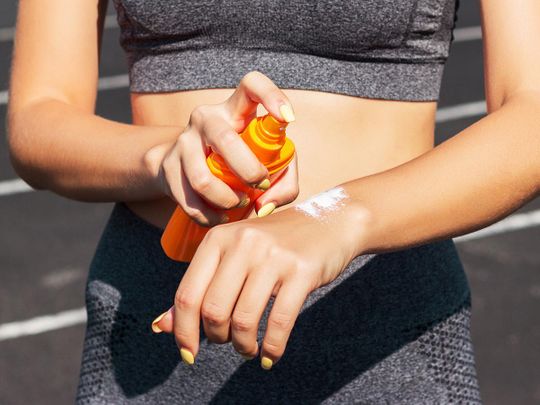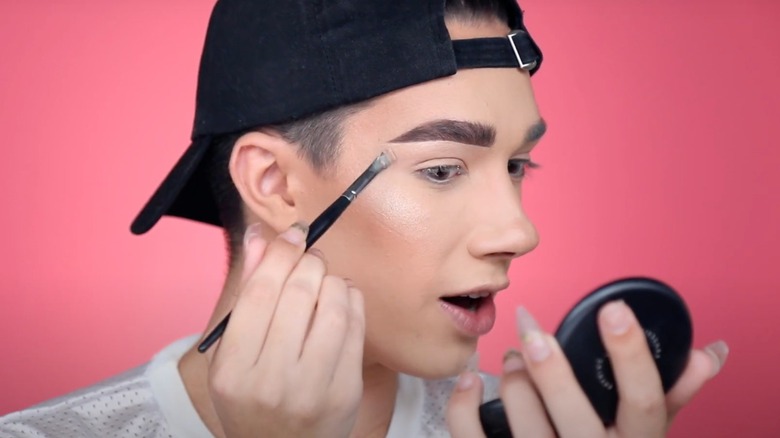Many people find applying sunscreen frequently to be cumbersome and messy, but unprotected sun exposure can have serious consequences. It can cause your skin to age prematurely, leading to wrinkles, fine lines, skin discoloration, and even scarring. Repeated sunburns over several years can also increase your risk of developing skin cancer. The truth is, with proper sunscreen use from an early age, you can look years or even a decade younger.
There are various user-friendly creams suitable for different skin types, wearable devices to remind you when to reapply, and customized innovations to make protection easier.
Does Sunscreen Prevent Skin Cancer?
Yes, sunscreen can decrease your risk of skin cancers and precancerous skin lesions. Studies show that daily use of SPF 30 sunscreen can reduce your risk of developing squamous cell carcinoma (SCC) by about 40 percent and lower your melanoma risk by 50 percent.
What Does “Broad Spectrum Protection” Mean?
Broad spectrum protection means the sunscreen shields your skin from both UVA and UVB rays. UVA radiation makes up 95 percent of all UV rays that reach the Earth’s surface and penetrates the skin deeply, resulting in a tan. UVB makes up only 5 percent, does not penetrate as deeply, but can damage the top layers of your skin and cause skin cancer with prolonged exposure. Sunscreens with broad spectrum protection have both a PA (protection grade of UVA) rating and an SPF (sun protection factor) rating. PA is graded from PA+ to PA++++, with PA++++ offering the highest level of UVA protection. SPF measures the level of protection against UVB rays, and an SPF of 50 is considered effective.
Should You Apply Moisturizer Before Sunscreen?
Yes, apply your moisturizer first, wait for two minutes to allow it to penetrate your skin, and then follow up with a broad-spectrum sunscreen.
What About Wearability?
Sunscreens now come in various forms, including mousses, rub-on sticks, and powders, making application less tedious even if done three or four times a day. Look for sunscreens labeled “water-resistant” for extended wearability. Tinted sunscreens offer sun protection, coverage for imperfections, and a more even skin tone. For better routines, there are wearable UV stickers that turn clear when protected and purple when it’s time to reapply sunscreen.
Are Mineral Sunscreens Better Than Chemical Ones?
Mineral sunscreens, also known as physical sunscreens, contain physical UV blockers like zinc oxide or titanium dioxide. These sit on top of the skin to reflect, scatter, and block harmful UV radiation, making them ideal for children, people with sensitive skin, and those with melasma. Chemical sunscreens can exacerbate melasma by causing heat dissipation. Unlike chemical sunscreens, which typically take 20 to 30 minutes to be absorbed into the skin, mineral sunscreens offer immediate protection and can be applied over makeup as well.







